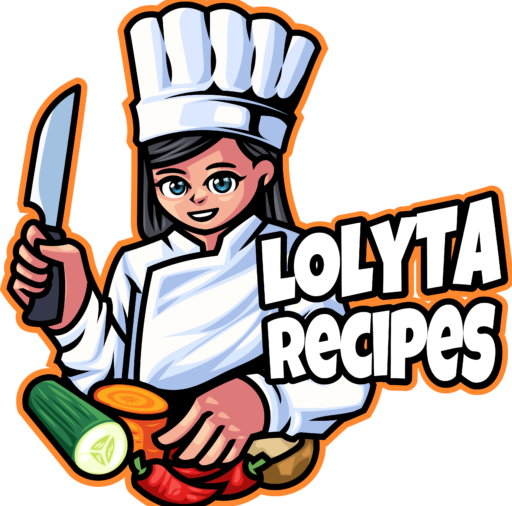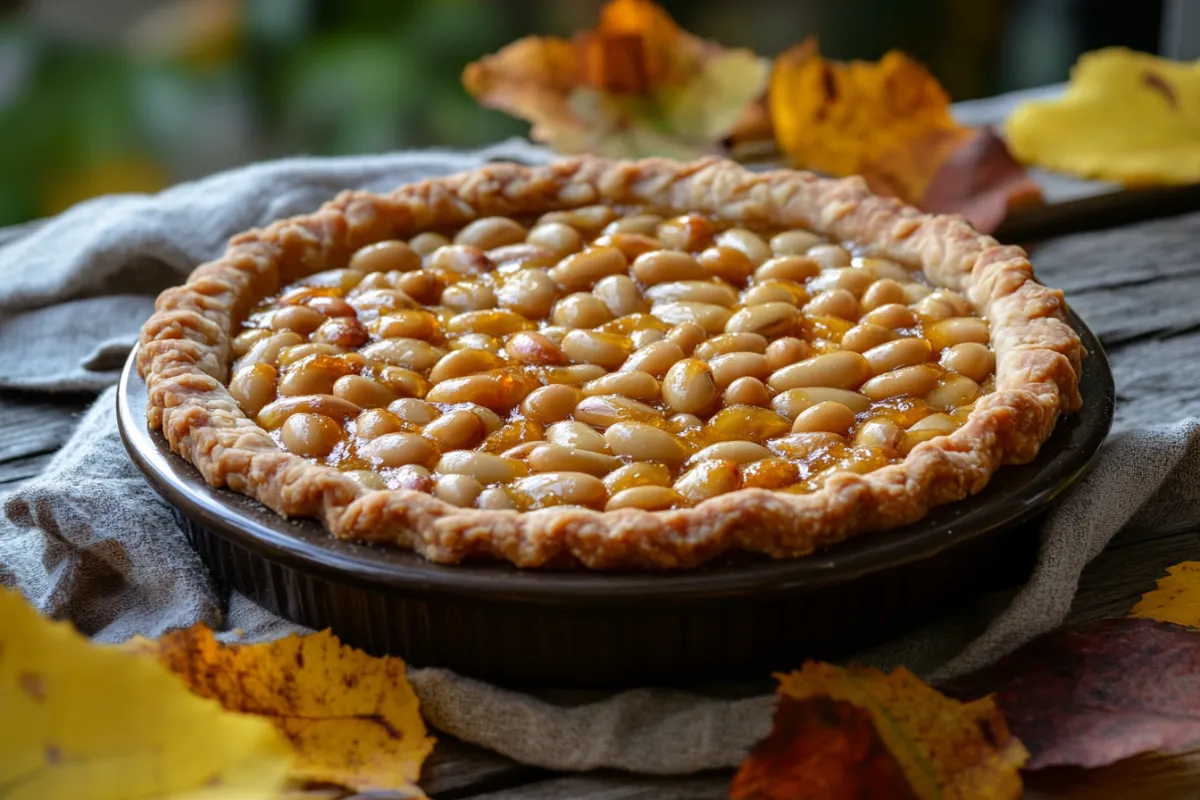Are White Beans and Great Northern Beans the Same?
Beans have been a dietary staple for centuries across many cultures, offering an affordable, nutritious, and versatile ingredient in countless dishes. Among the various types of beans, white beans and great northern beans often appear in recipes, leaving many wondering: Are white beans and great northern beans the same? While they may look alike and share similar uses in cooking, subtle differences set them apart. In this comprehensive article, we will explore whether these two types of beans are identical, highlight their similarities and differences, and examine their nutritional profiles and best uses in cooking.
1. Introduction to White Beans and Great Northern Beans
Beans come in a wide range of sizes, colors, and flavors, but white beans are among the most common varieties used in cooking. These beans are favored for their mild flavor, creamy texture, and versatility in a variety of dishes. However, when you encounter a recipe that calls for white beans, you might wonder which variety to choose—great northern beans, navy beans, or cannellini beans? While all these beans fall under the general category of “white beans,” they differ in texture, size, and best culinary uses.
In this article, we will delve into what makes great northern beans unique compared to other white beans, clarify if they are interchangeable in recipes, and examine their nutritional content. By the end, you will have a clear understanding of whether great northern beans and white beans are indeed the same, or if their distinctions require more consideration in the kitchen.
2. Classification of White Beans
Word count: 500-600
What Are White Beans?
White beans, as the name suggests, are a group of beans that share a white or cream color, but they come in various shapes and sizes. They are highly versatile and used in both hot and cold dishes across a variety of cuisines. The four main types of white beans commonly found in grocery stores and recipes are:
- Navy beans
- Cannellini beans
- Great northern beans
- Baby lima beans
Each of these beans offers different characteristics, such as size, texture, and flavor, making them suitable for specific types of dishes.
Navy Beans
Navy beans are one of the smallest types of white beans, typically no bigger than a pea. They have a dense, creamy texture when cooked, which makes them ideal for soups and baked dishes. Due to their small size, they cook relatively quickly and absorb flavors easily. Navy beans are often used in baked beans recipes and soups like navy bean soup.
Cannellini Beans
Also known as white kidney beans, cannellini beans are larger and have a slightly firmer texture than navy beans. They are popular in Italian cuisine, particularly in minestrone soup and bean salads. Cannellini beans are known for their nutty flavor and their ability to hold their shape well in cooking.
Great Northern Beans
Great northern beans fall between navy beans and cannellini beans in terms of size. They are medium-sized beans with a slightly nutty flavor and a creamy texture. They work well in soups, stews, and casseroles due to their ability to absorb the flavors of other ingredients without becoming mushy.
Baby Lima Beans
Although they are technically a type of white bean, baby lima beans (also known as butter beans) have a soft, creamy texture and a buttery flavor. They are often used in Southern dishes and are prized for their smooth, melt-in-your-mouth consistency.
For an in-depth guide on different types of beans and their uses, check out our Ultimate Guide to Beans.
3. What Are Great Northern Beans?
Word count: 500-600
Overview of Great Northern Beans
Great northern beans are a specific variety of white beans that are medium-sized and known for their versatility in cooking. These beans are oval-shaped and slightly larger than navy beans but smaller than cannellini beans. They have a delicate, mild flavor and a creamy texture that makes them suitable for a wide range of dishes, including soups, stews, and casseroles.
Because of their subtle flavor, great northern beans easily take on the flavors of the spices and ingredients they are cooked with, which is why they are often used as a base in dishes like bean soups, chili, and baked bean recipes.
Nutritional Profile of Great Northern Beans
Great northern beans are a powerhouse of nutrients. They are rich in protein, fiber, and important vitamins and minerals, making them a healthy addition to any diet. Here is a breakdown of their nutritional content per cup (cooked):
- Calories: 209 kcal
- Protein: 14.7 grams
- Fiber: 12.4 grams
- Iron: 3.6 mg (20% of daily value)
- Potassium: 710 mg (20% of daily value)
- Magnesium: 76 mg (19% of daily value)
This makes them an excellent choice for those looking to increase their intake of plant-based protein and fiber. Their high fiber content is particularly beneficial for digestive health, while their protein content makes them a staple in many vegetarian and vegan diets.
If you’re looking for creative ways to incorporate great northern beans into your meals, check out our Great Northern Beans Nutrition, Benefits, and Recipes for delicious ideas.
4. Differences Between White Beans and Great Northern Beans
Word count: 600-700
Size and Texture
One of the primary differences between white beans and great northern beans is their size and texture. While great northern beans are a specific type of white bean, they differ from other varieties like navy and cannellini beans.
- Navy beans are the smallest of the white beans, with a dense texture that holds up well in baked dishes. Their small size allows them to cook faster than larger white beans.
- Great northern beans, by contrast, are medium-sized and have a slightly creamier texture. This makes them an ideal choice for soups and stews where a softer, more melt-in-the-mouth consistency is desired.
- Cannellini beans, on the other hand, are larger and have a firmer texture, making them better suited for salads and dishes where the beans need to hold their shape.
Flavor Profile
Although all white beans have a mild flavor, there are subtle differences in taste among the various types:
- Great northern beans have a delicate, nutty flavor that pairs well with a wide range of seasonings.
- Navy beans are slightly milder, often blending seamlessly into dishes without imparting much flavor.
- Cannellini beans have a richer, earthier taste compared to great northern beans, which is why they are frequently used in robust Italian dishes like minestrone.
Cooking Times
Because of the size differences, cooking times vary among white beans:
- Navy beans: Typically require 1 to 1.5 hours of cooking time after soaking.
- Great northern beans: Usually take about 45 minutes to 1 hour to cook after soaking.
- Cannellini beans: Due to their larger size, they may require slightly longer cooking times, often around 1.5 hours.
If you are pressed for time, canned beans are a convenient alternative. Make sure to rinse them well before adding them to your dish to remove excess sodium.
5. Can You Substitute White Beans for Great Northern Beans?
Word count: 400-500
Interchangeability in Recipes
In many cases, white beans and great northern beans can be used interchangeably in recipes. However, depending on the dish, certain white beans may be better suited than others. For instance, in a hearty soup or stew where creaminess is desired, great northern beans are an excellent choice because of their ability to blend seamlessly with the other ingredients.
On the other hand, in salads or recipes where the beans need to maintain their shape and texture, cannellini beans or navy beans might be a better option.
Best Uses for Each Type
- Great northern beans are best suited for soups, stews, casseroles, and purees due to their creamy texture.
- Cannellini beans are ideal for Italian dishes and salads where their firm texture can hold up to mixing and tossing.
- Navy beans work well in baked dishes, especially baked beans, due to their ability to absorb flavors and soften without falling apart.
If you need further guidance on which type of bean to use in a particular recipe, visit our Ultimate Guide to Cooking Beans.
6. Frequently Asked Questions
Word count: 200-300
Are cannellini beans the same as great northern beans?
No, cannellini beans are larger and have a firmer texture than great northern beans, which are smaller and creamier. Cannellini beans are often used in Italian dishes, while great northern beans are common in soups and stews.
Can I substitute navy beans for great northern beans?
Yes, navy beans can be used as a substitute for great northern beans in most recipes. However, navy beans are smaller and denser, which may result in a slightly different texture in your dish.
What is the healthiest white bean?
All white beans are rich in fiber, protein, and essential nutrients. However, cannellini beans and great northern beans tend to stand out due to their higher protein and fiber content, making them particularly beneficial for heart health and digestion.
7. Conclusion
Word count: 300-400
In conclusion, while great northern beans are a variety of white beans, they are not the same as other types like navy beans or cannellini beans. Each type of white bean has its own unique characteristics that make it suited for different dishes. Understanding the differences in size, texture, and flavor will help you choose the best bean for your recipe, ensuring the best flavor and consistency.
Whether you are making a hearty soup, a light salad, or a comforting casserole, knowing which bean to choose will elevate your dish and ensure the best possible result.
For more information on different types of beans and how to cook them, be sure to visit our Ultimate Guide to Beans and Great Northern Beans Nutrition, Benefits, and Recipes.
- “Nutritional Benefits” can link to Great Northern Beans Nutrition, Benefits, and Recipes
- “Substitution Options” can link to Ultimate Guide to Beans
- “Recipes featuring beans” can link to Great Northern Beans Nutrition, Benefits, and Recipes

